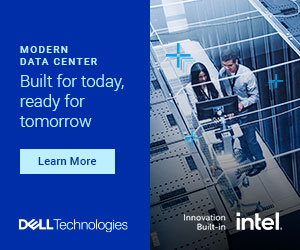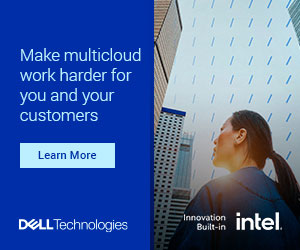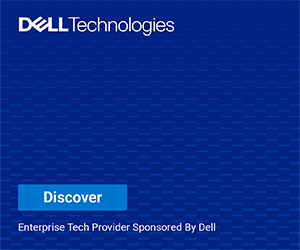
 Sponsored by:
Sponsored by:

Enterprise Tech Provider
Dell Technologies is your innovation partner of choice for driving growth today and capturing the emerging markets of tomorrow
Learn MoreDELL Technologies Advantage
Every organization faces its own challenges, each one requiring different solutions. Research shows that customer innovation is converging around five key areas. Discover the driving forces behind these trends and learn what you can do to help clients solve their toughest challenges. Start here to learn more about powering future innovations.
Learn MoreArtificial Intelligence
Accelerate your journey from possible to proven by leveraging innovative technologies, a comprehensive suite of professional services, and an extensive network of partners
Learn MoreEdge
Help customers simplify their edge by consolidating their IT estate with modern solutions that generate insights when and where they need them
Learn MoreModern Datacenter
Enable customers to accelerate innovation while securing data, protecting digital assets and meeting evolving use case requirements
Learn MoreStorage
Enable customers to accelerate innovation while securing data, protecting digital assets and meeting evolving use case requirements
Learn MoreMulticloud
Simplify customer cloud experiences and provide more agility and control by delivering best-in-class capabilities that streamline innovation and build resilience
Learn MoreModern Workplace
Inspire customers to thrive in a do-anything-from-anywhere world. Delight users, simplify IT and advance sustainability with intelligent solutions
Learn MoreSecurity
Transform customers' security with end-to-end solutions that protect against threats and deliver the resilience to withstand and recover from attacks
Learn MoreSustainability
Confidently meet sustainability and ethical practices goals with solutions and products designed to help reduce the world’s carbon footprint
Learn More







